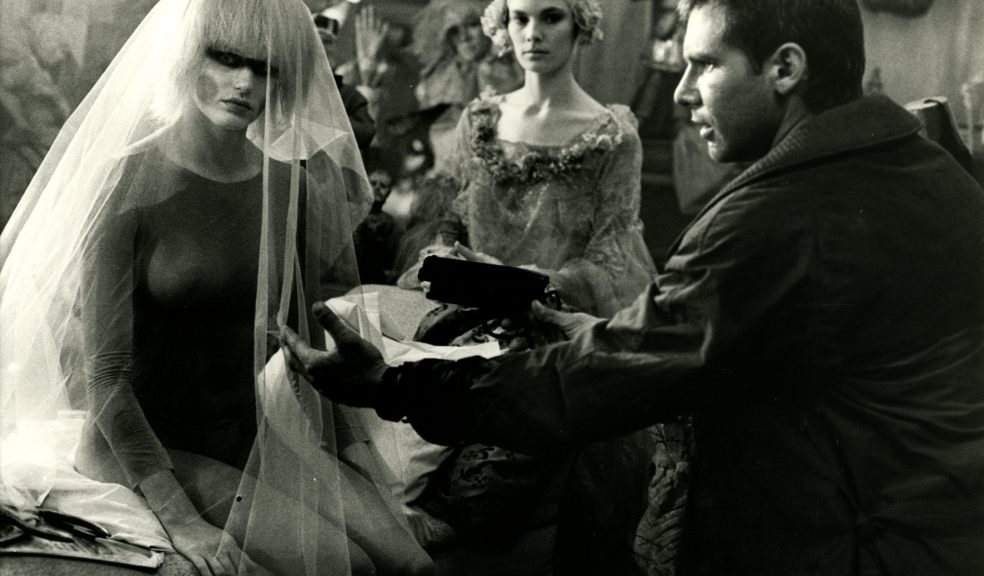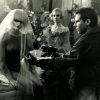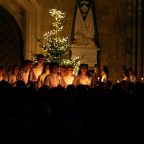
Collection gives insight into making of iconic Blade Runner movie
A collection of memorabilia held at the University of Exeter’s cinema museum has given a fascinating glimpse into the production of one of the 20th century’s most iconic movies as a sequel appears years after its initial release.
Denis Villeneuve’s highly-anticipated sequel “Blade Runner 2049”, starring Harrison Ford once again, alongside Hollywood big-hitter Ryan Gosling opens this Friday and is set 30 years on from the events of the film.
The Bill Douglas Cinema Museum holds a number of publicity materials including stills for cult director Ridley Scott’s seminal film, Blade Runner, which is celebrating its 35th anniversary.
The most striking piece is a press book from the Director’s Cut of the film, produced in 1991, in which Scott voiced both his and star actor Harrison Ford’s unhappiness over changes made in re-editing the original version for its release in 1982. In this press release, Scott admitted not only were the additions to the movie, notably a voice-over, “overkill”, but that a new ending was added that he “was never comfortable with”.
He wrote: “We are more used to the visual style of Blade Runner now, but at the first research screenings, I think people were over-awed by the scenic tapestry and somewhat confused by the storyline. After numerous previews, we felt that the film needed some additional narration, but I think what we inserted was overkill. Harrison (Ford) objected as well, but it seemed to be required by the audience, so we put it in. Also, an ‘up’ ending was added that I was never comfortable with”.
Bill Douglas Cinema Museum Curator Dr Phil Wickham said: “Blade Runner is widely held to be one of the most iconic films of its generation, and holds an important place in the history of science-fiction cinema. We currently have an exhibition on space in the museum that shows the continuing fascination of audiences with visions of the future. The different versions of the film demonstrate that the life of a film can constantly change over time and this is reflected in the campaign materials for the different releases of Blade Runner.
Featuring amongst the photographic stills from the film are; Zhora (Joanna Cassidy) attempts to escape as Deckard closes in on her at the downtown nightclub, Rutger Hauer stars as Roy Batty an extremely intelligent and powerful replicant who escapes to Earth and becomes detective Rick Deckhard’s next case in Blade runner 1982, Deckard (Harrison Ford) and Rachael (Sean Young) begin a dangerous love affair in Blade Runner 1982, Harrison Ford as Deckard a highly trained detective is coerced into taking up a new assignment to pursue and destroy replicants which have managed to escape to Earth - Blade Runner 1982.
The collection is available to view at The Bill Douglas Cinema Museum at the University of Exeter’s Streatham Campus.
Picture: Deckard (Harrison Ford) tracks his quarry to a skyscraper apartment filled with life-size dolls in Blade Runner, a Ladd Company release through Warner Bros. Distributed by Columbia-EMI-Warner Limited.

















